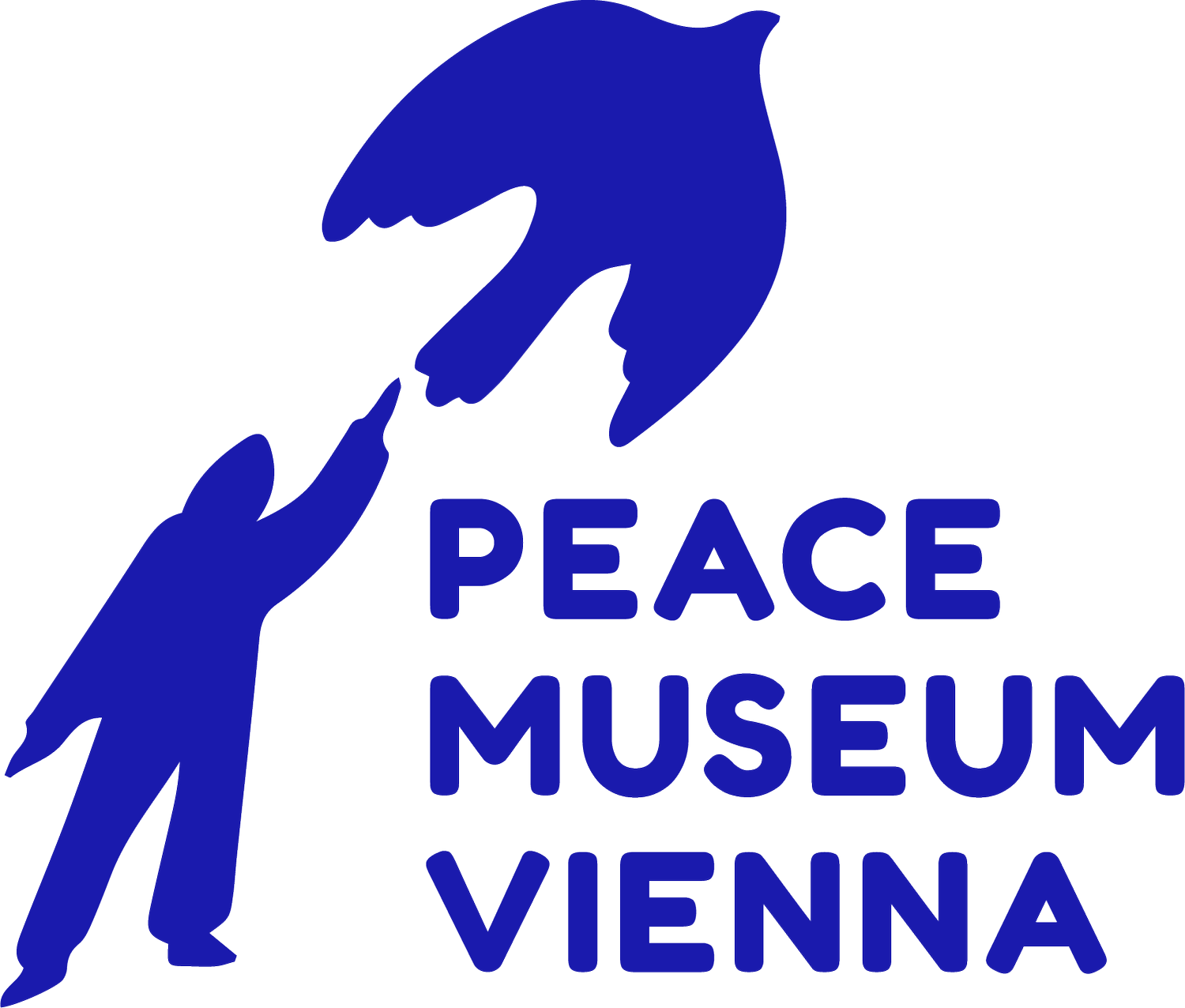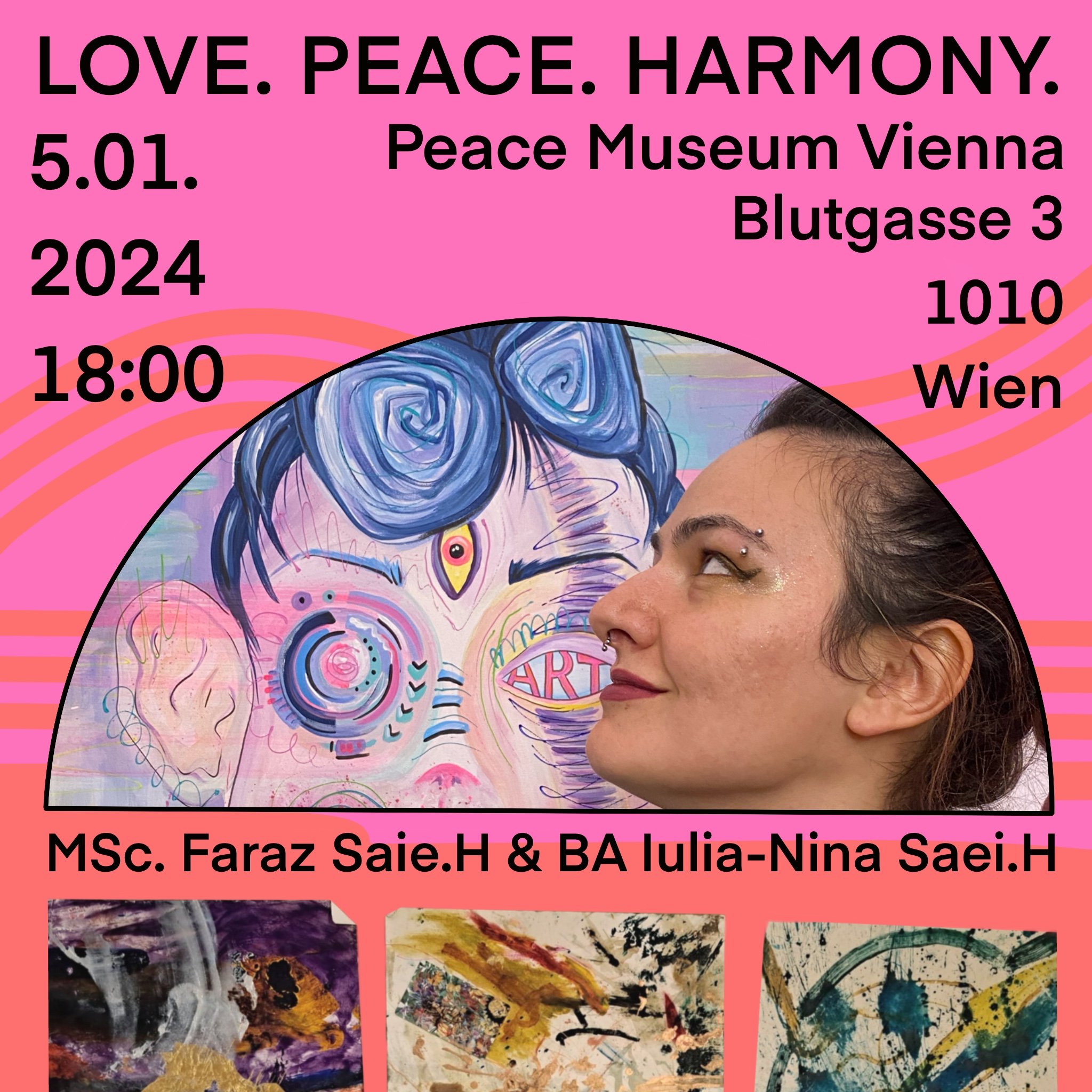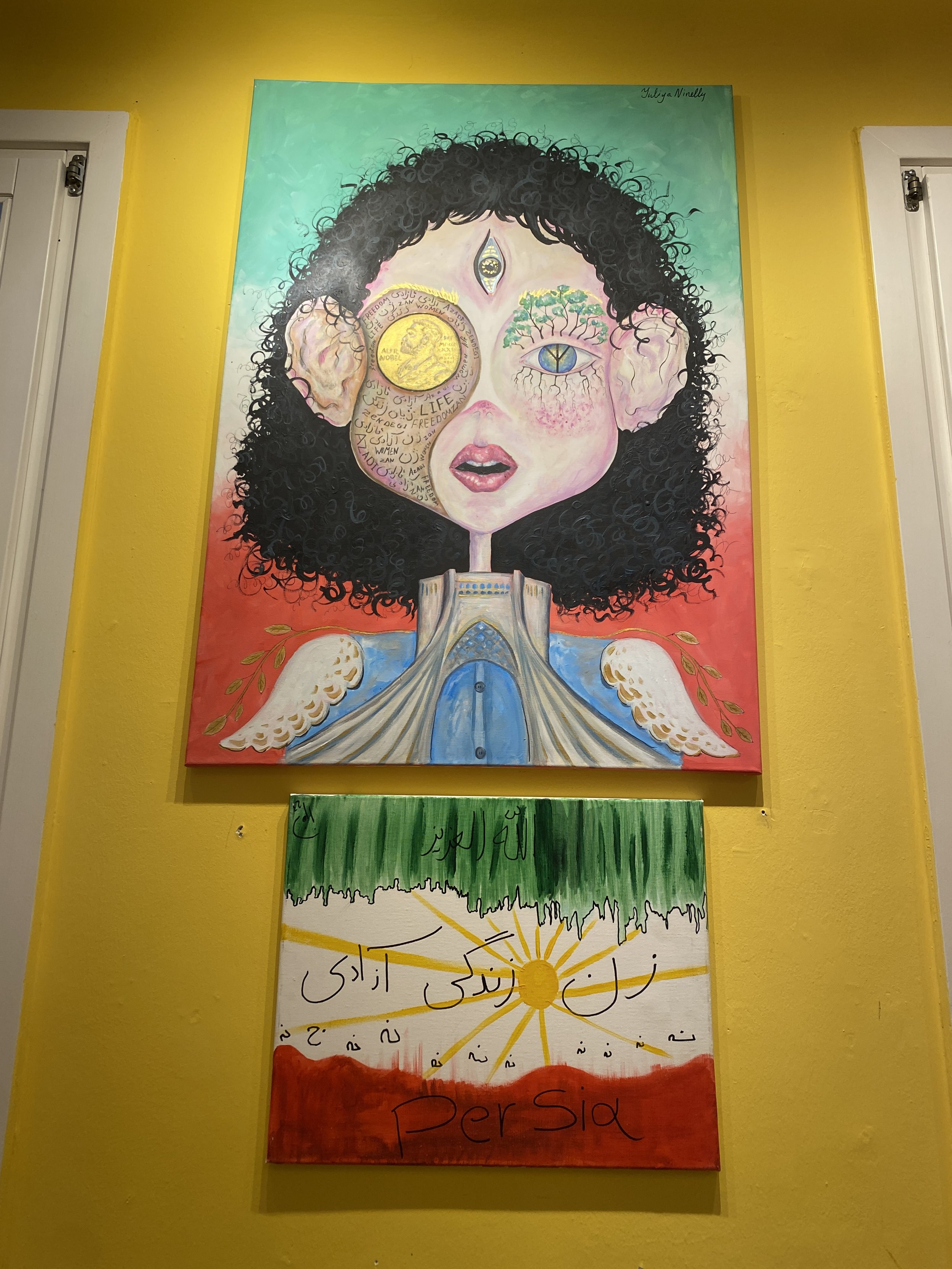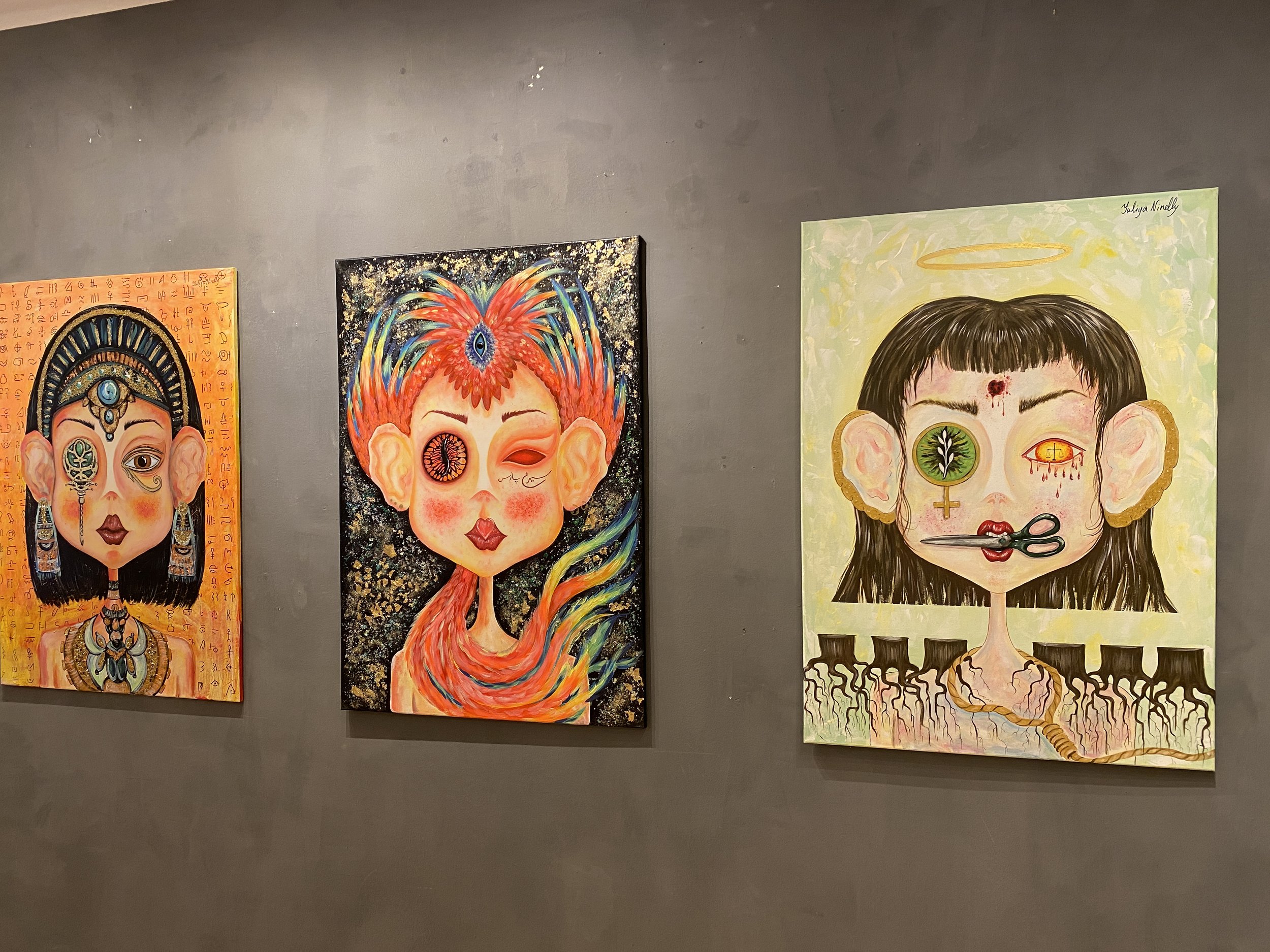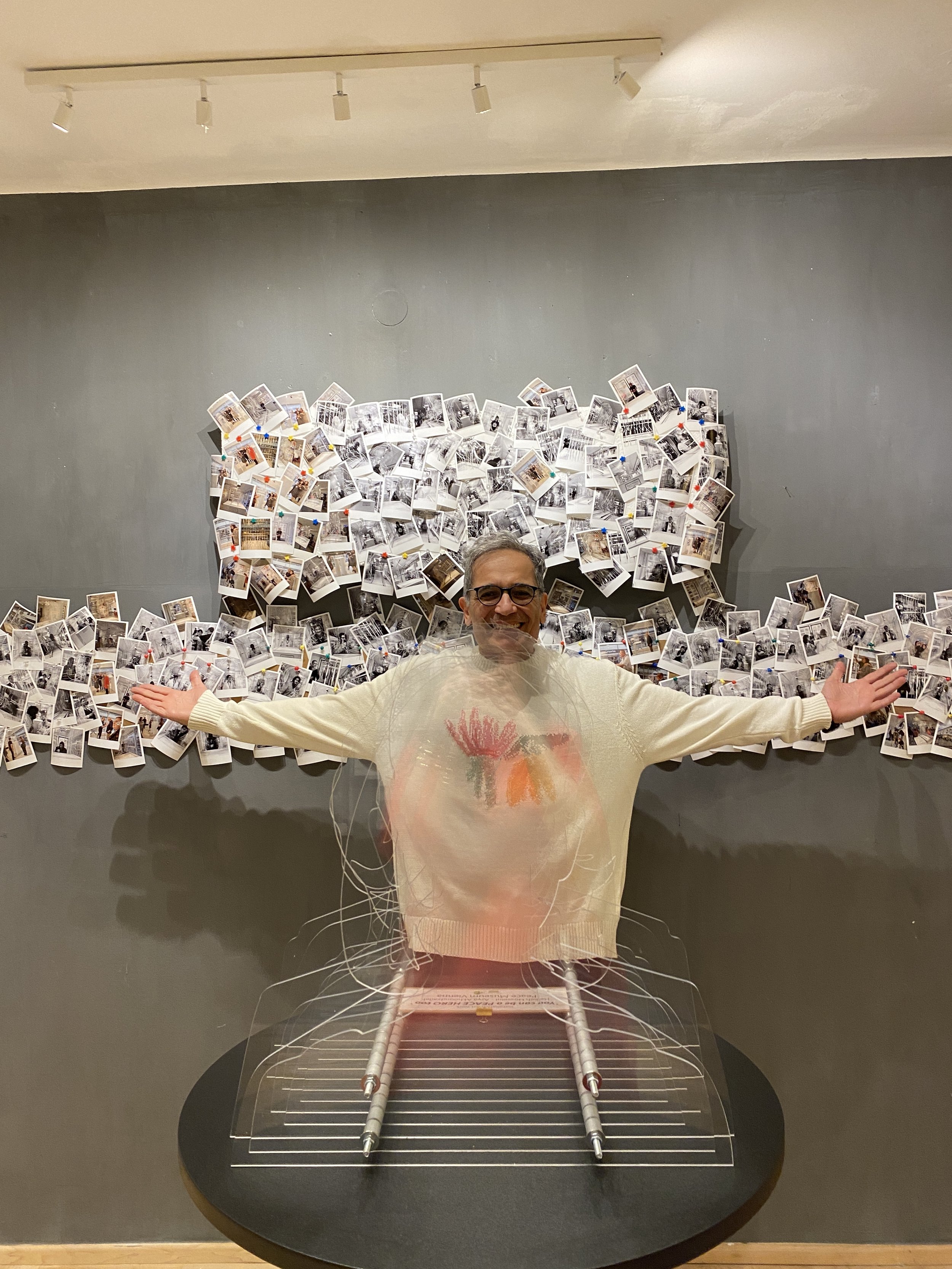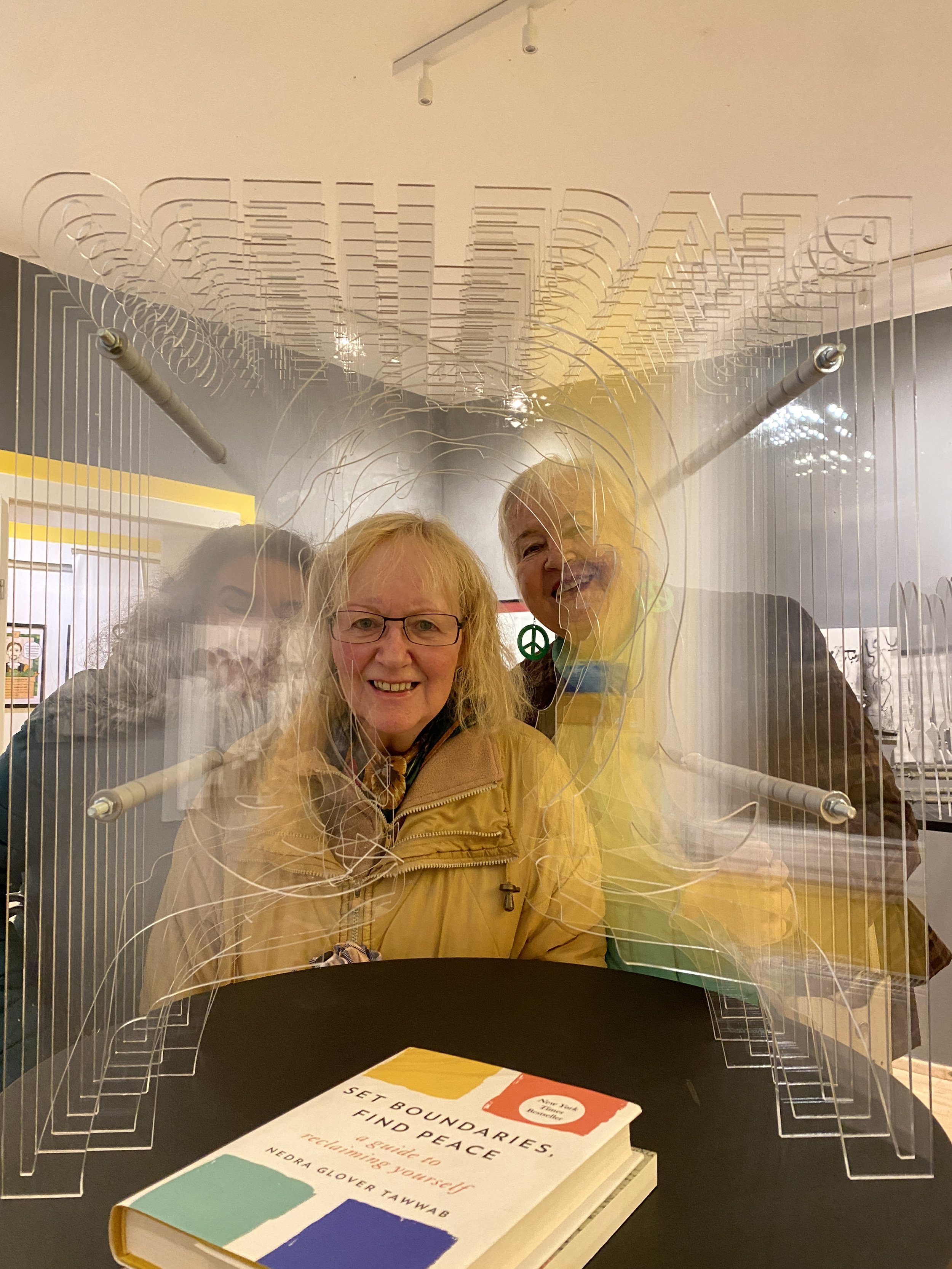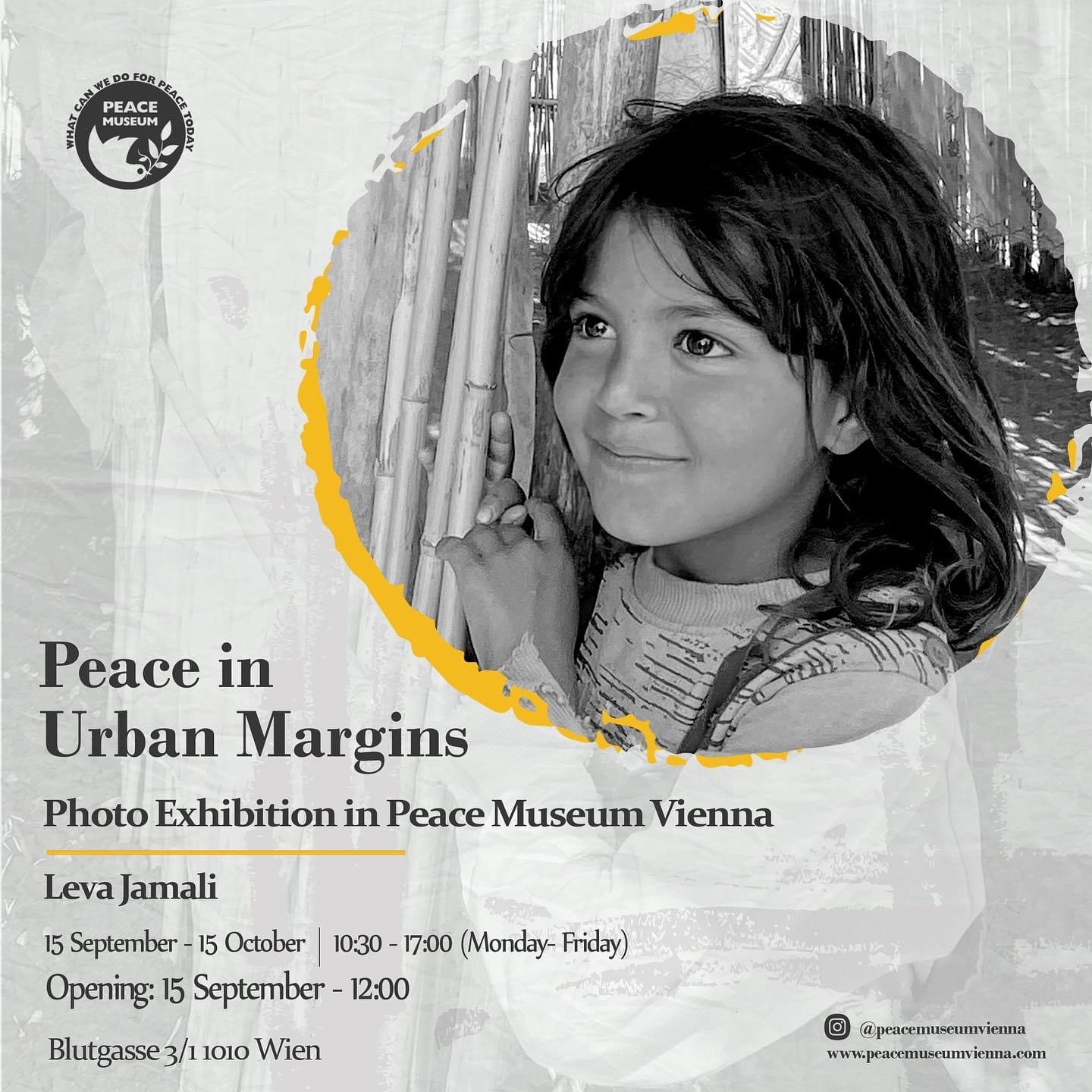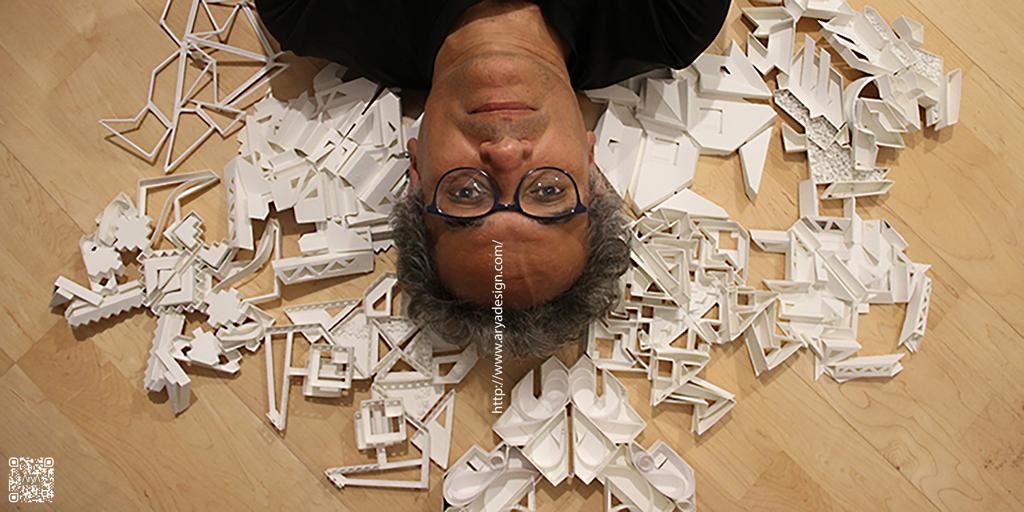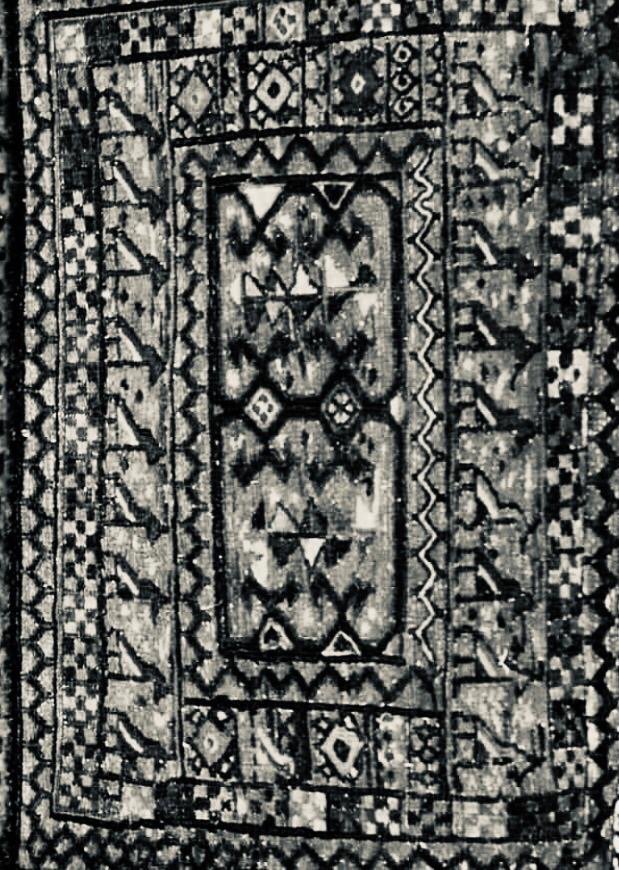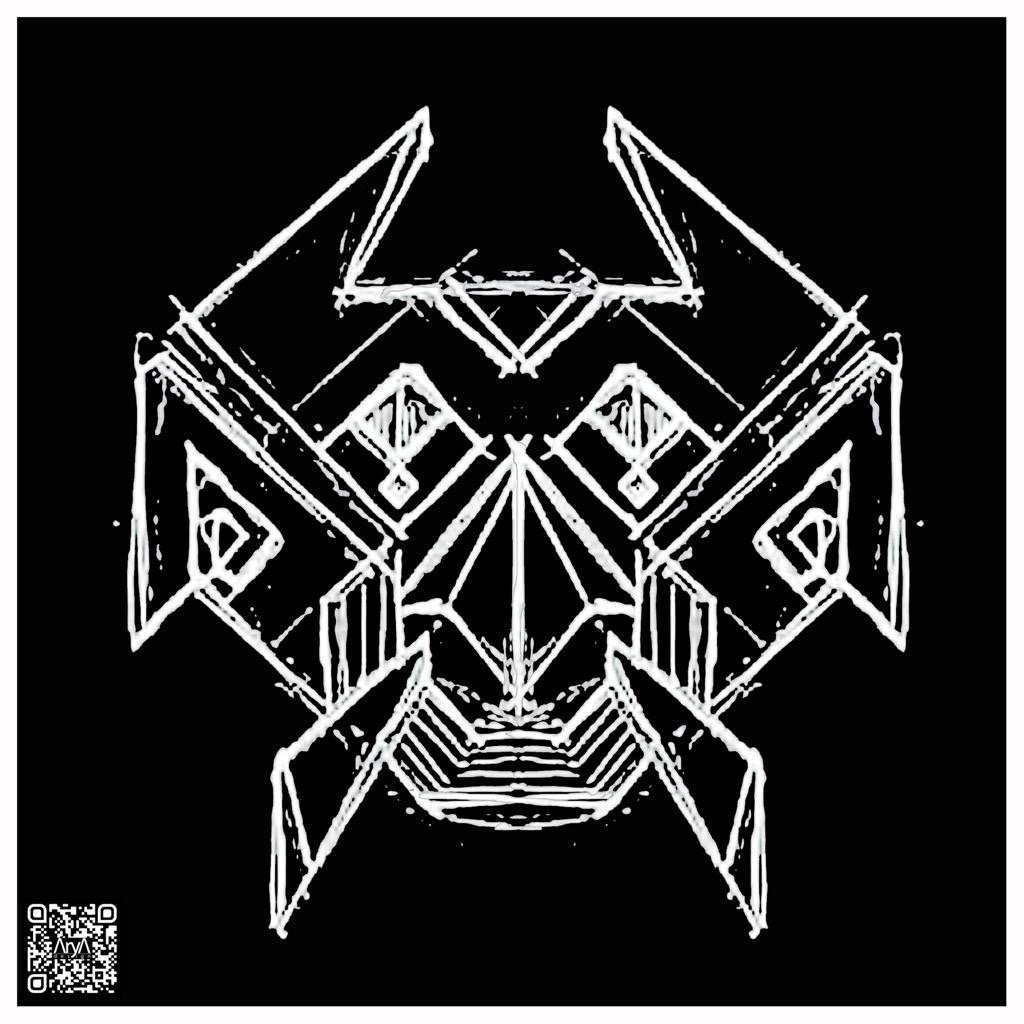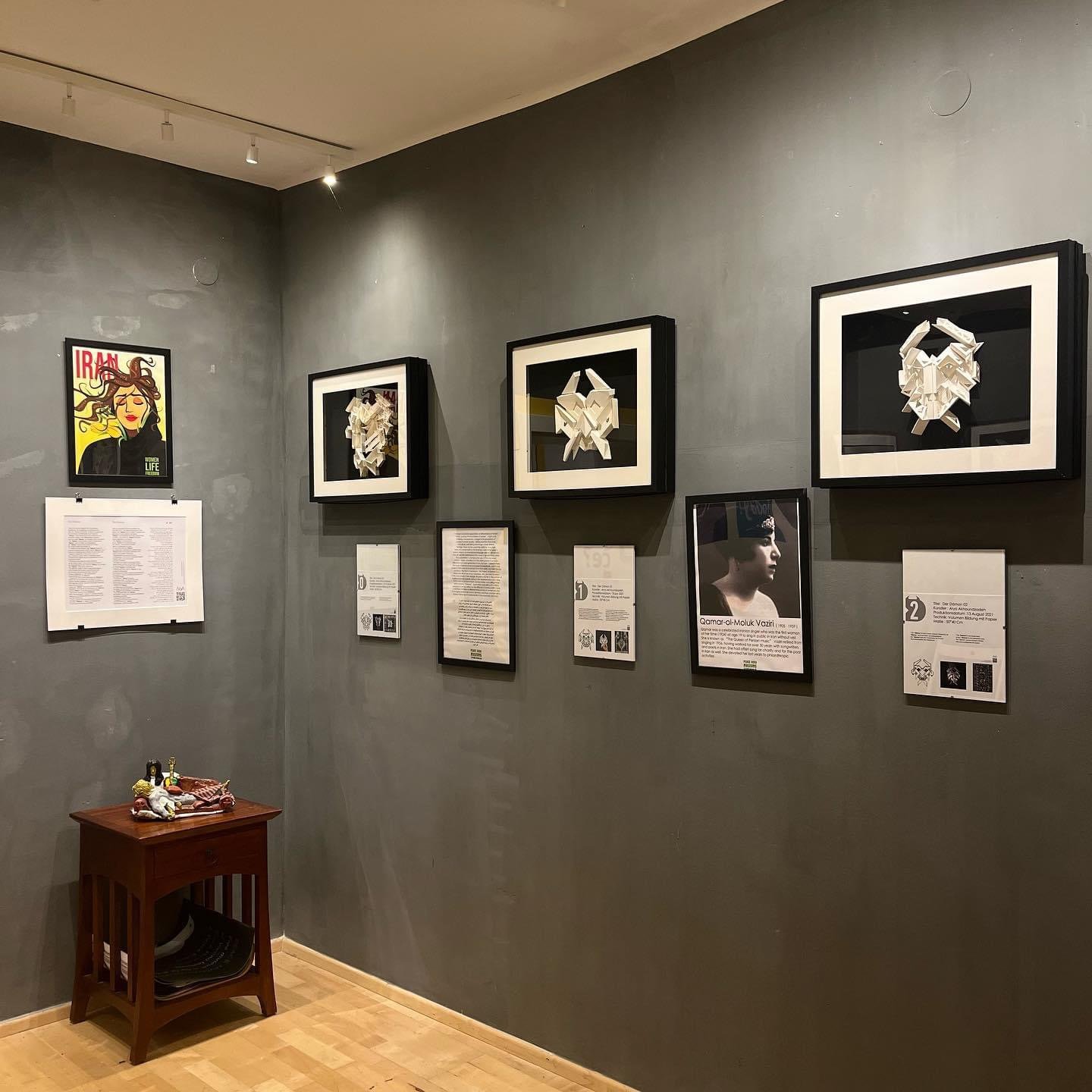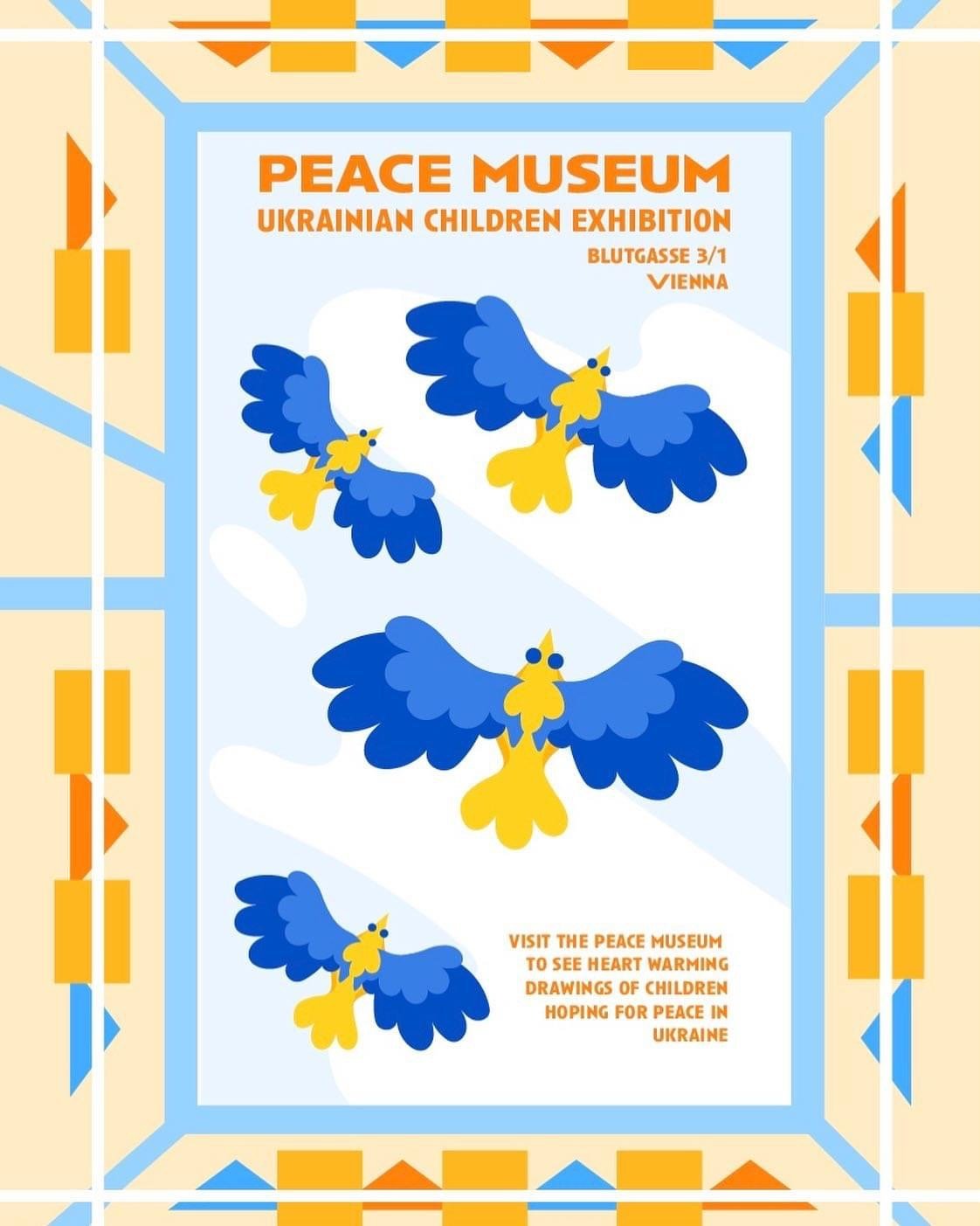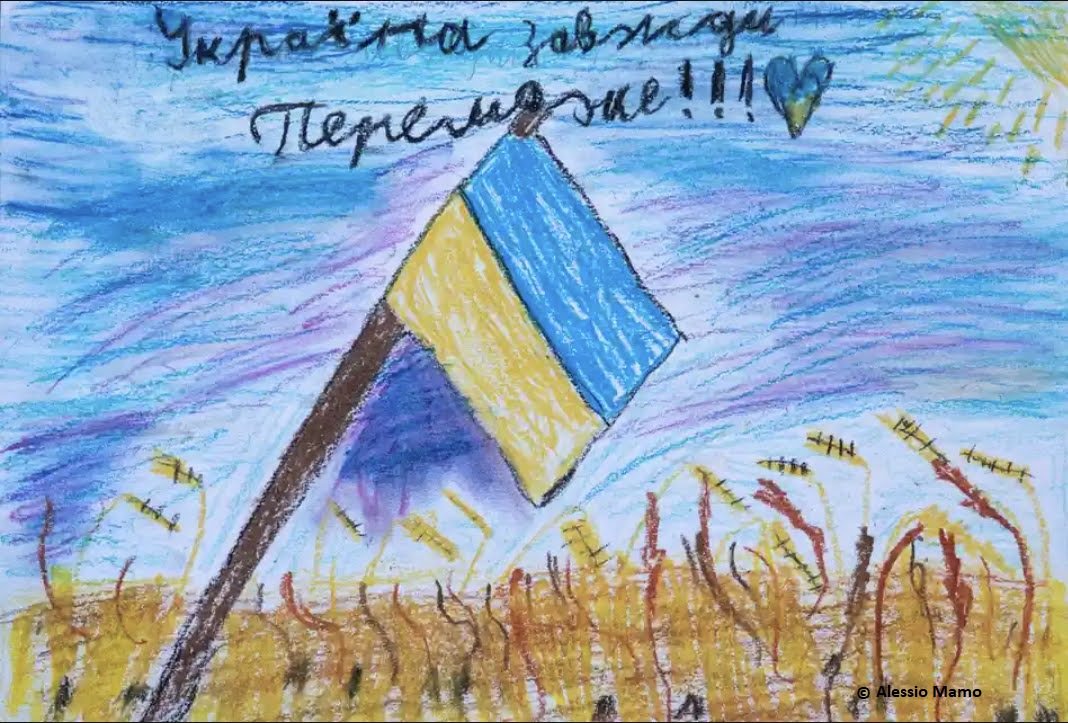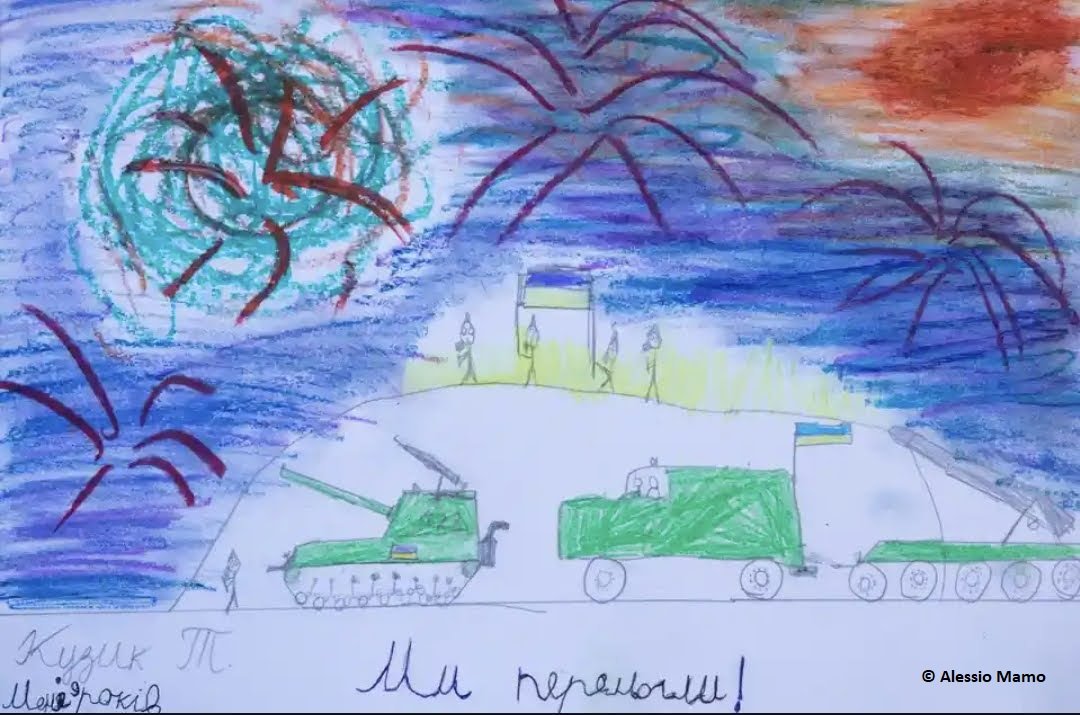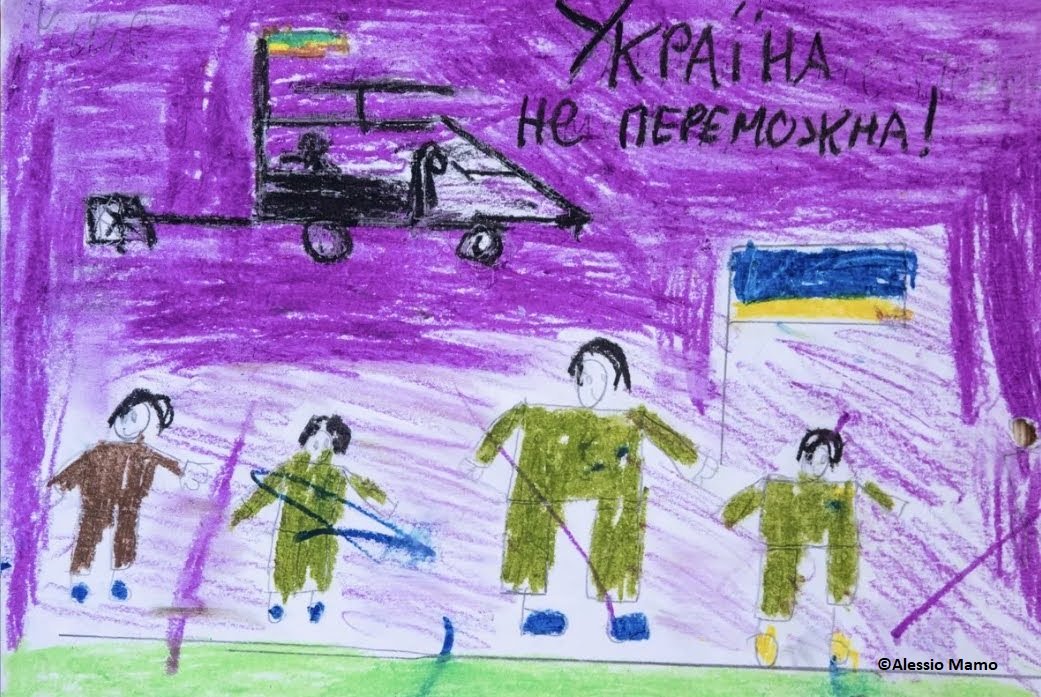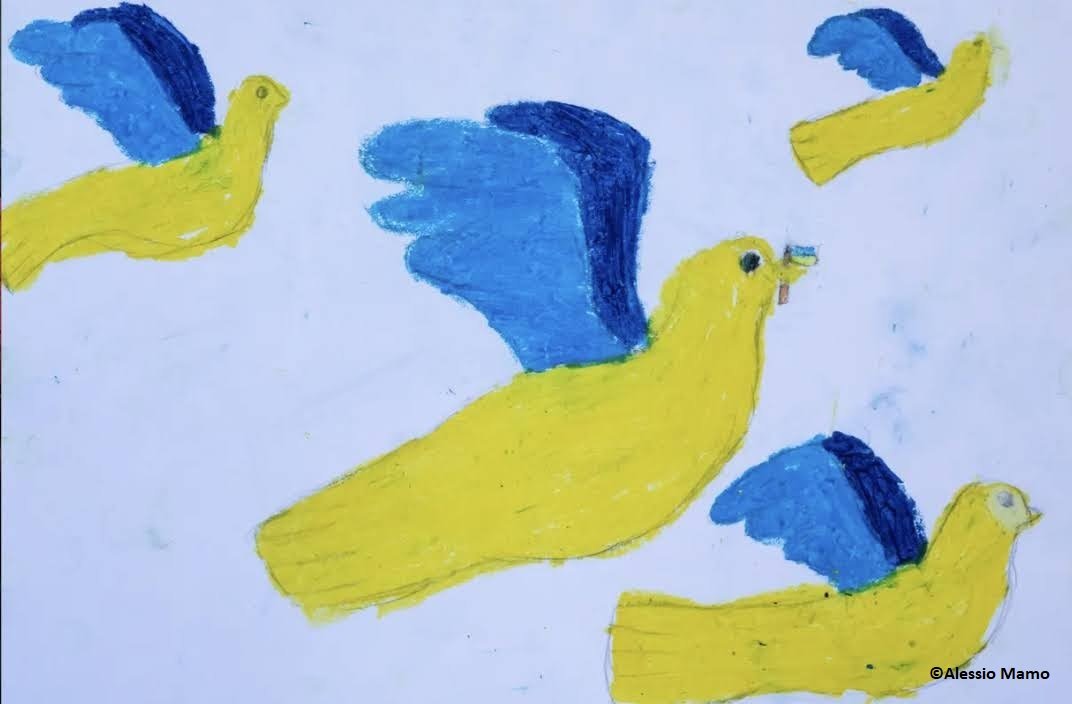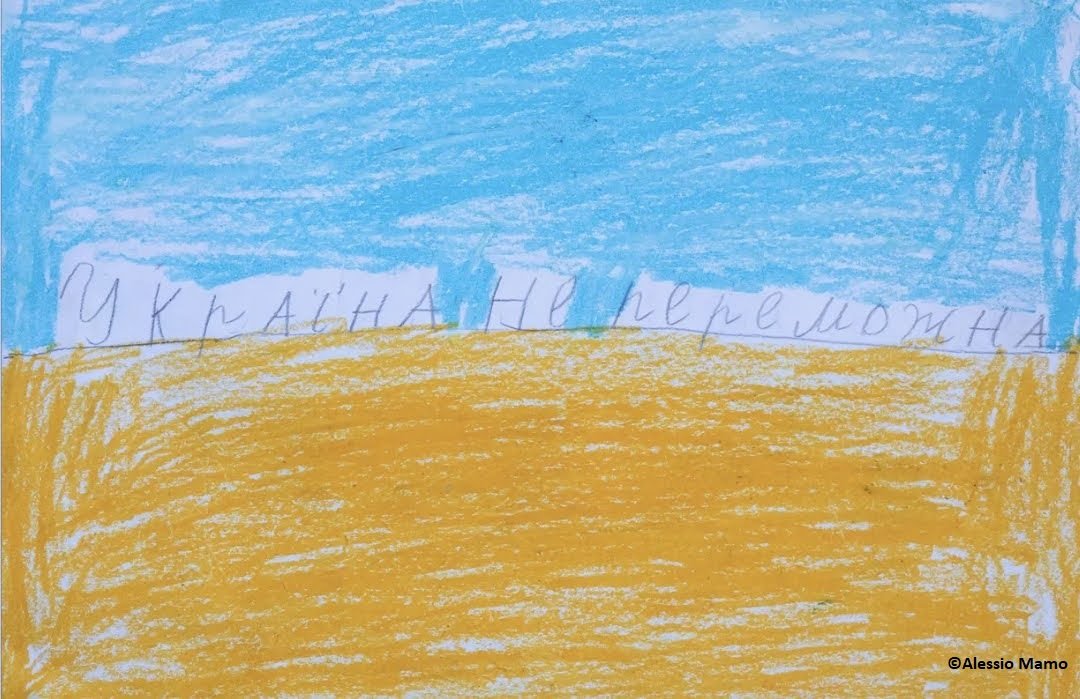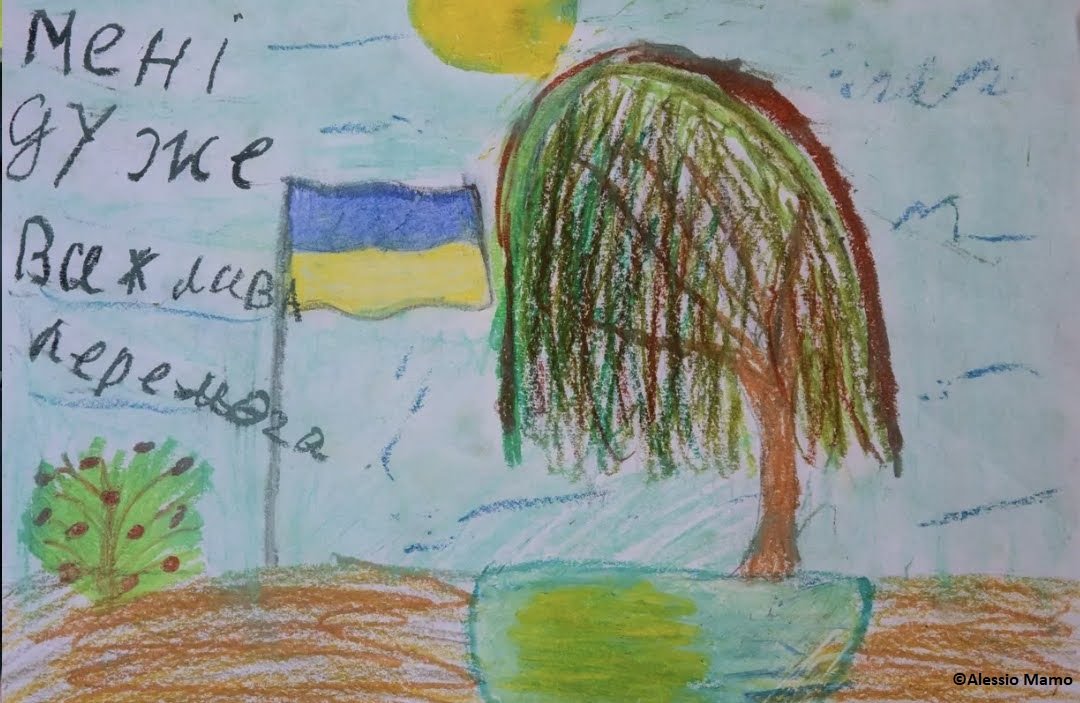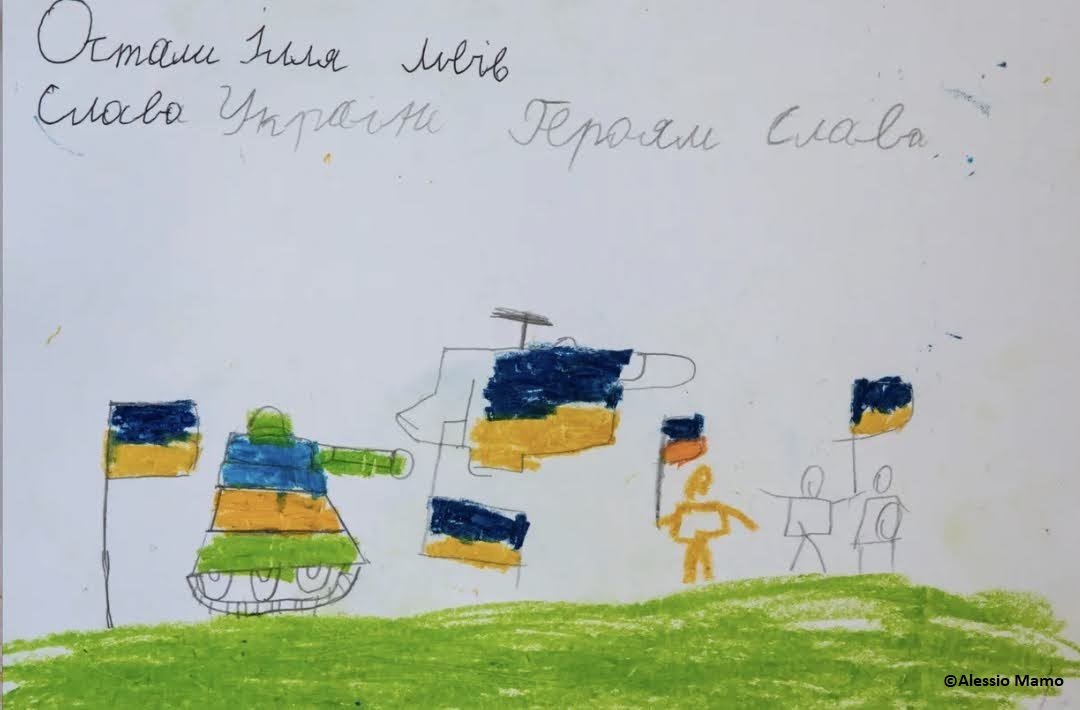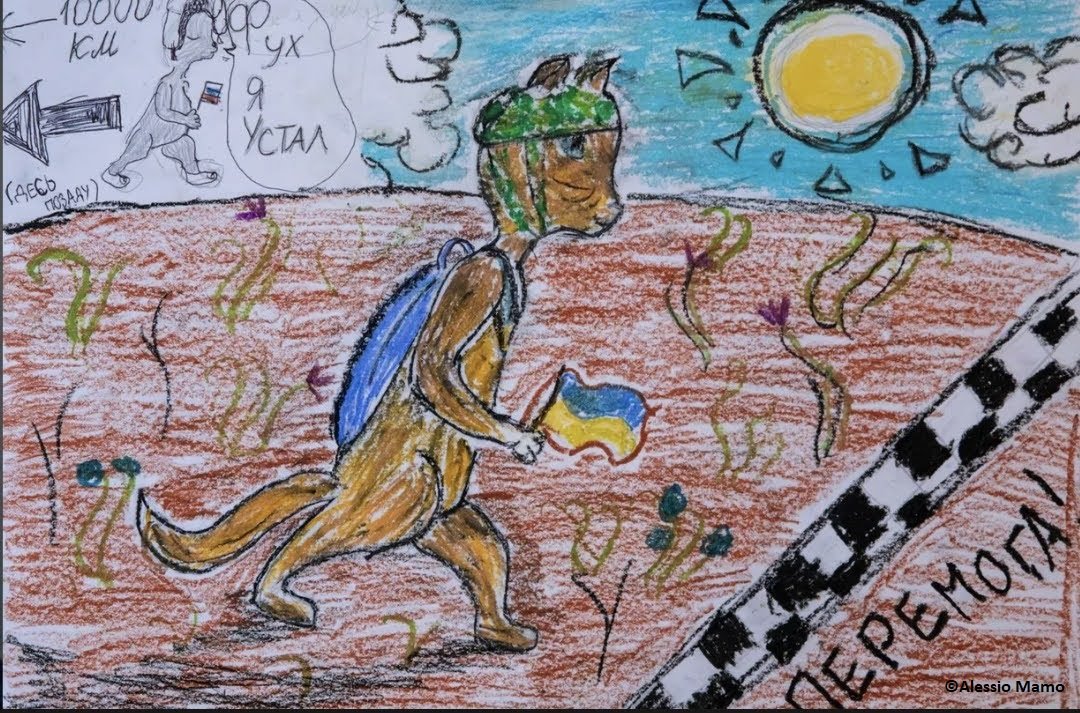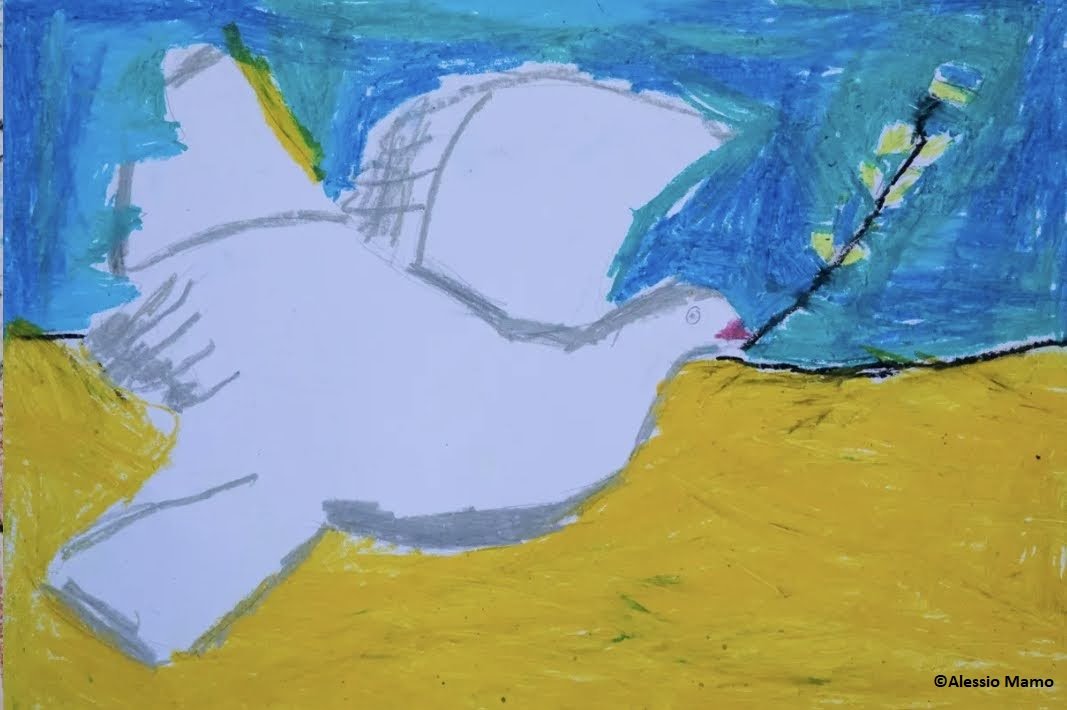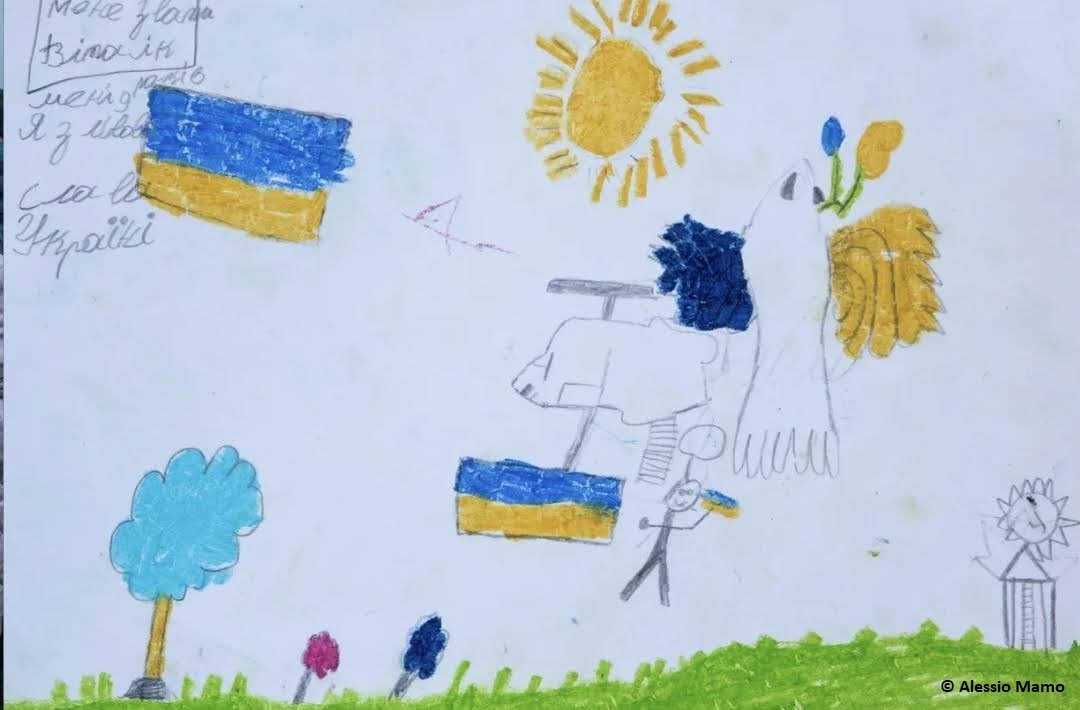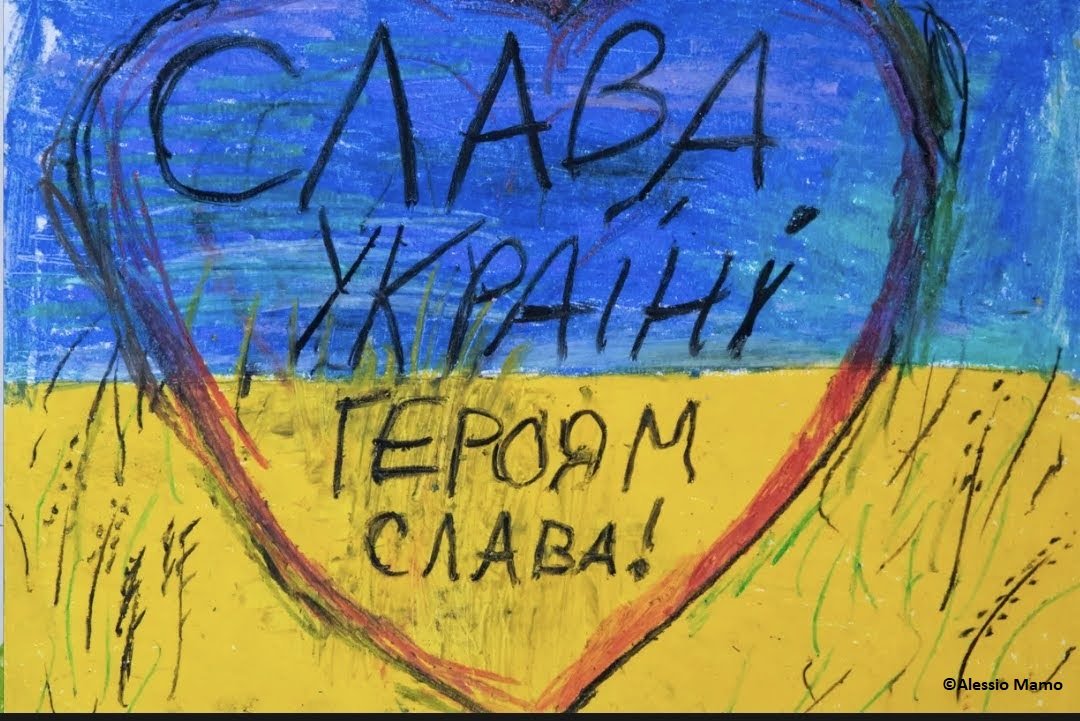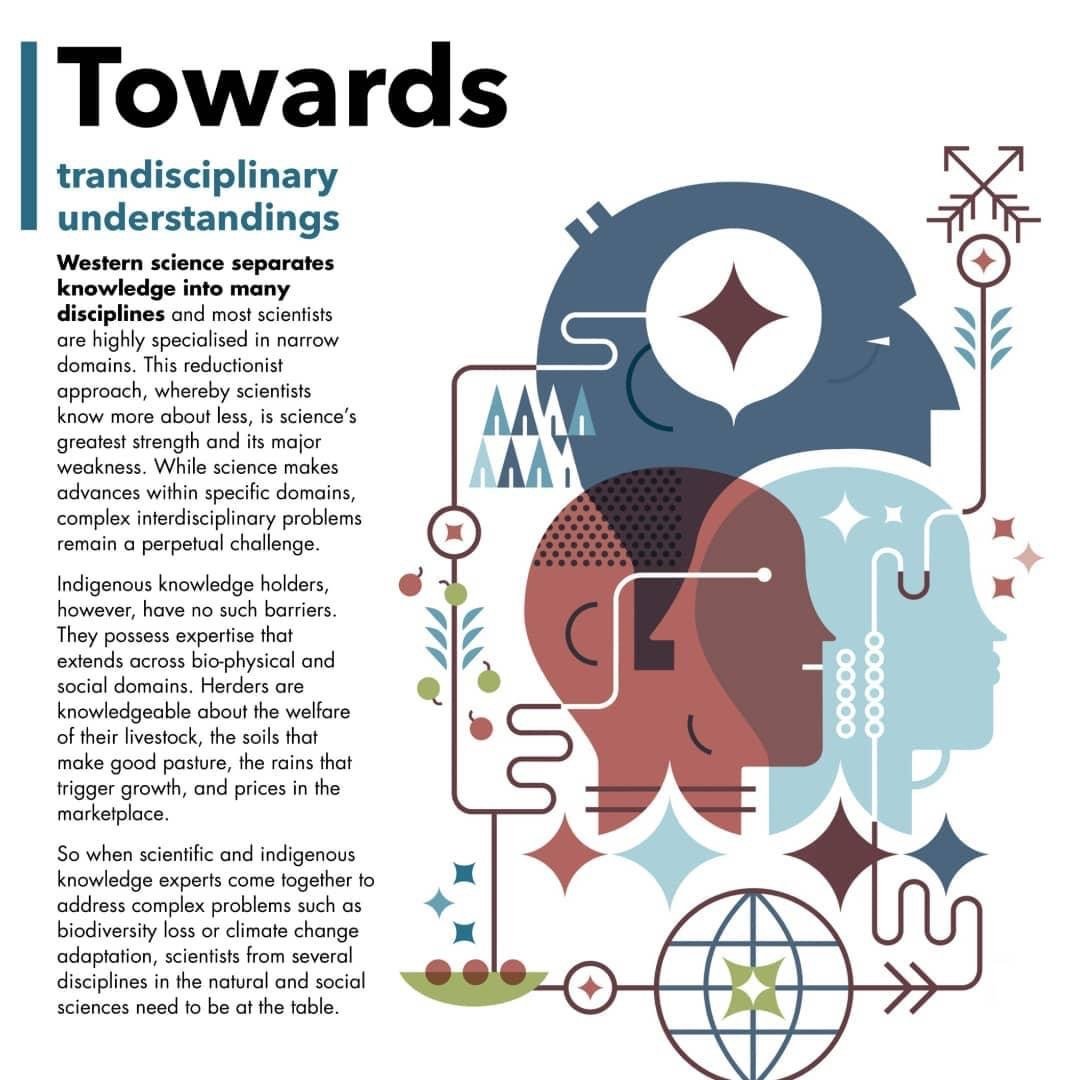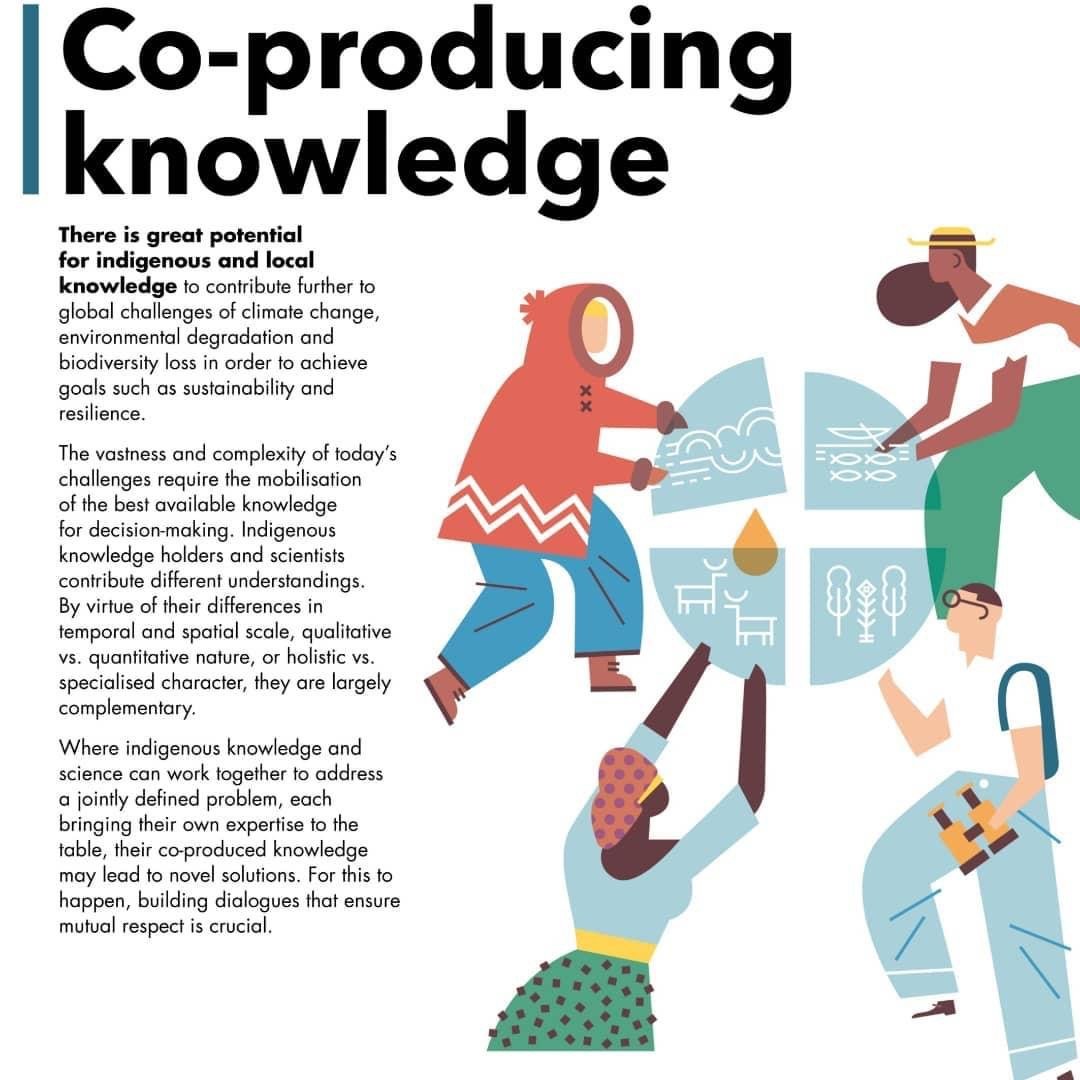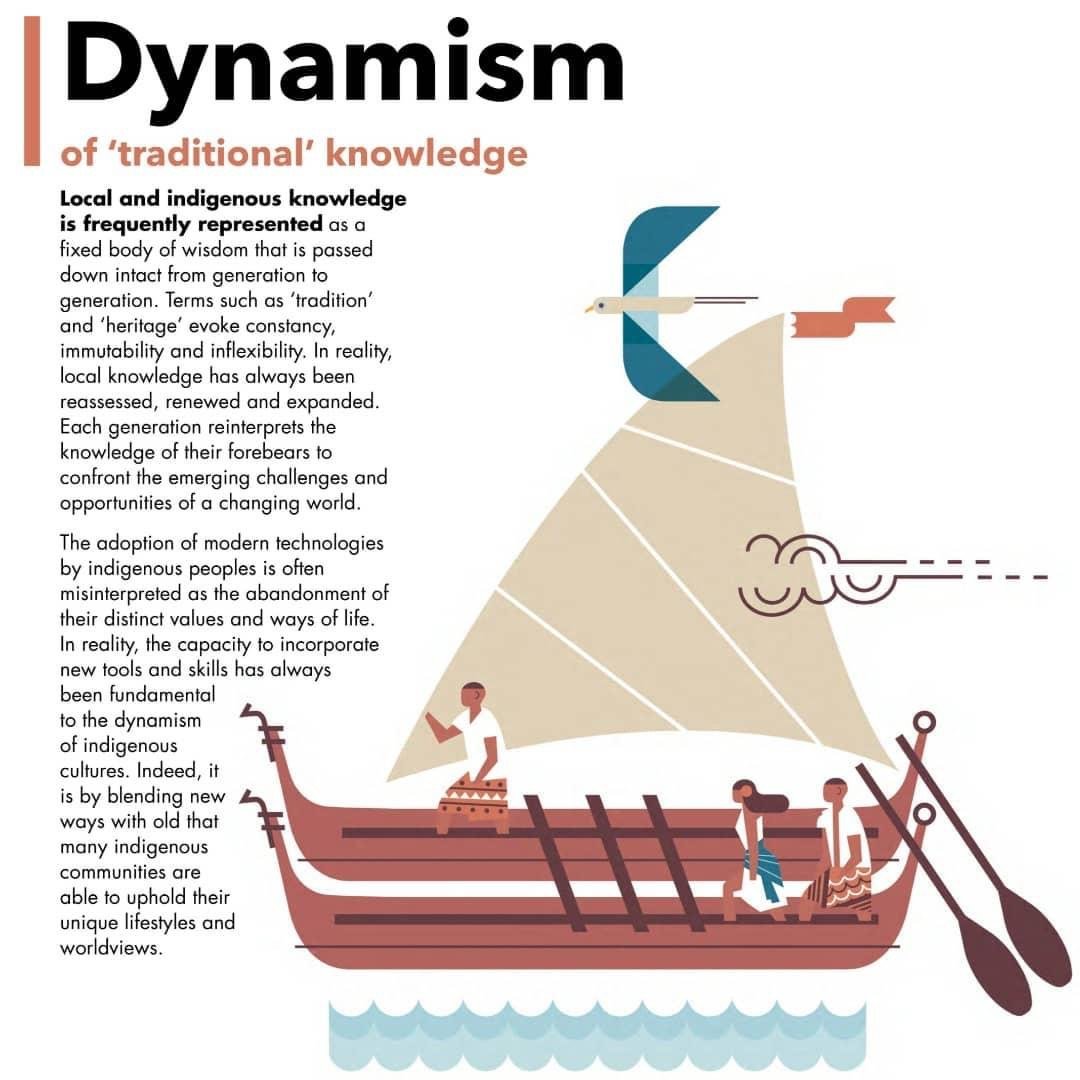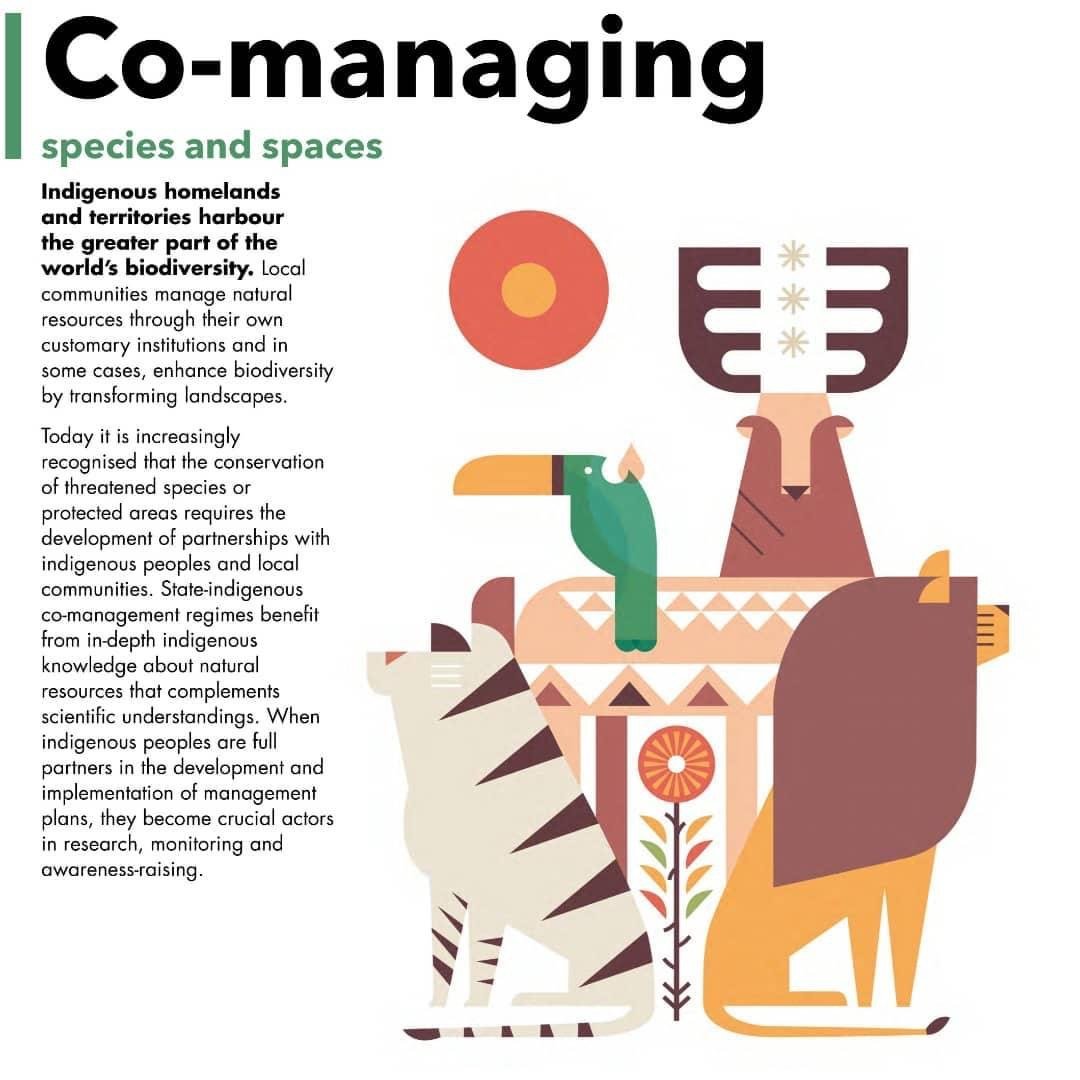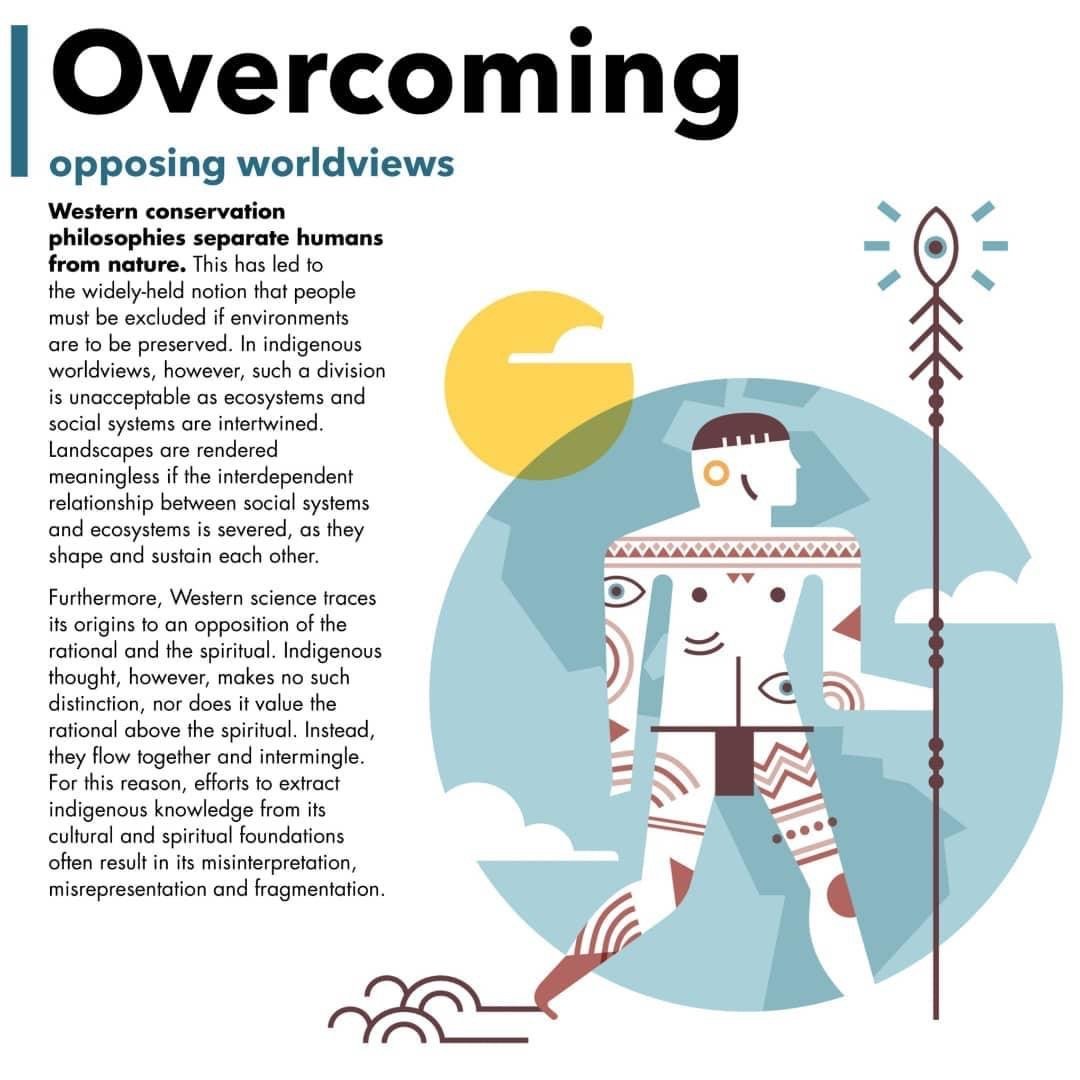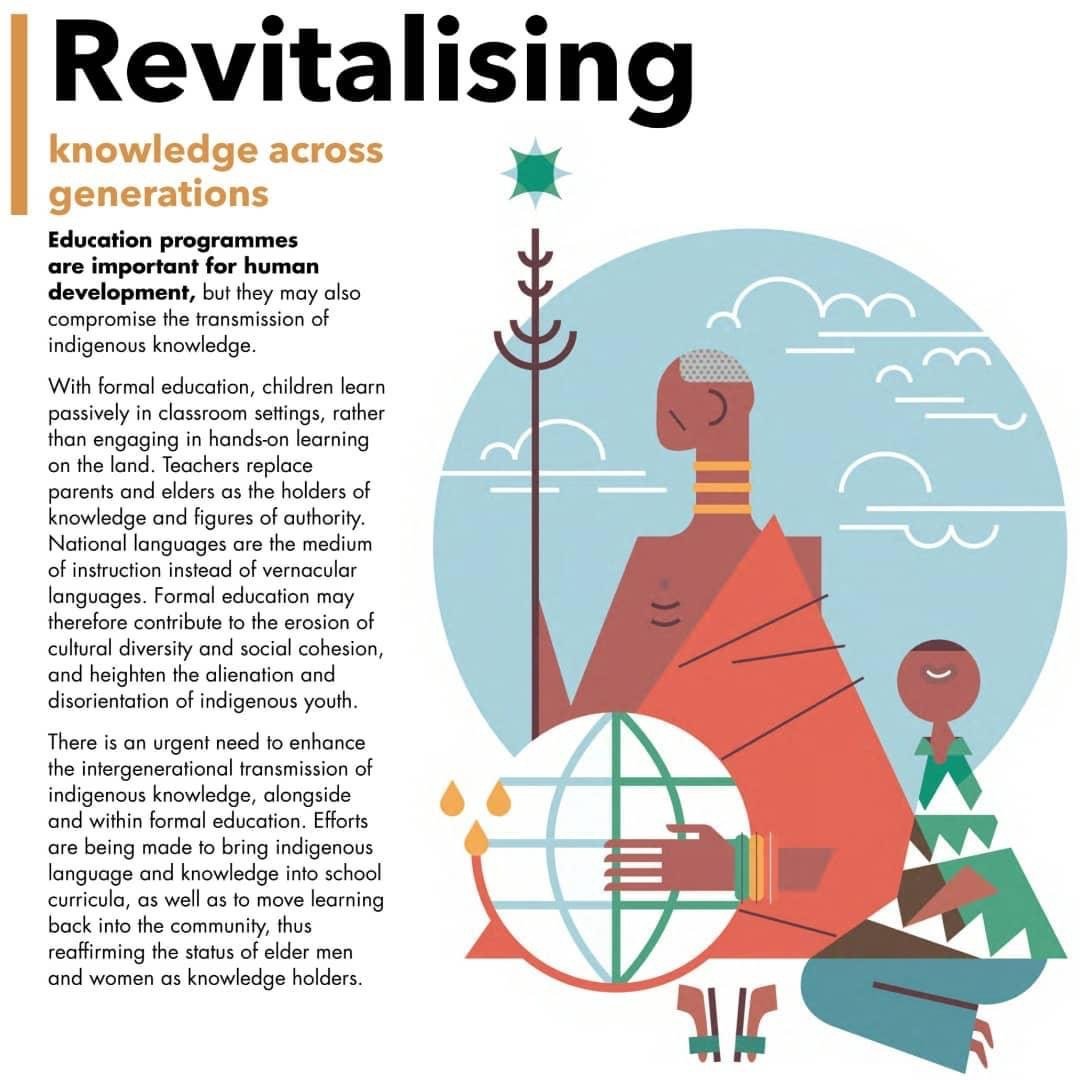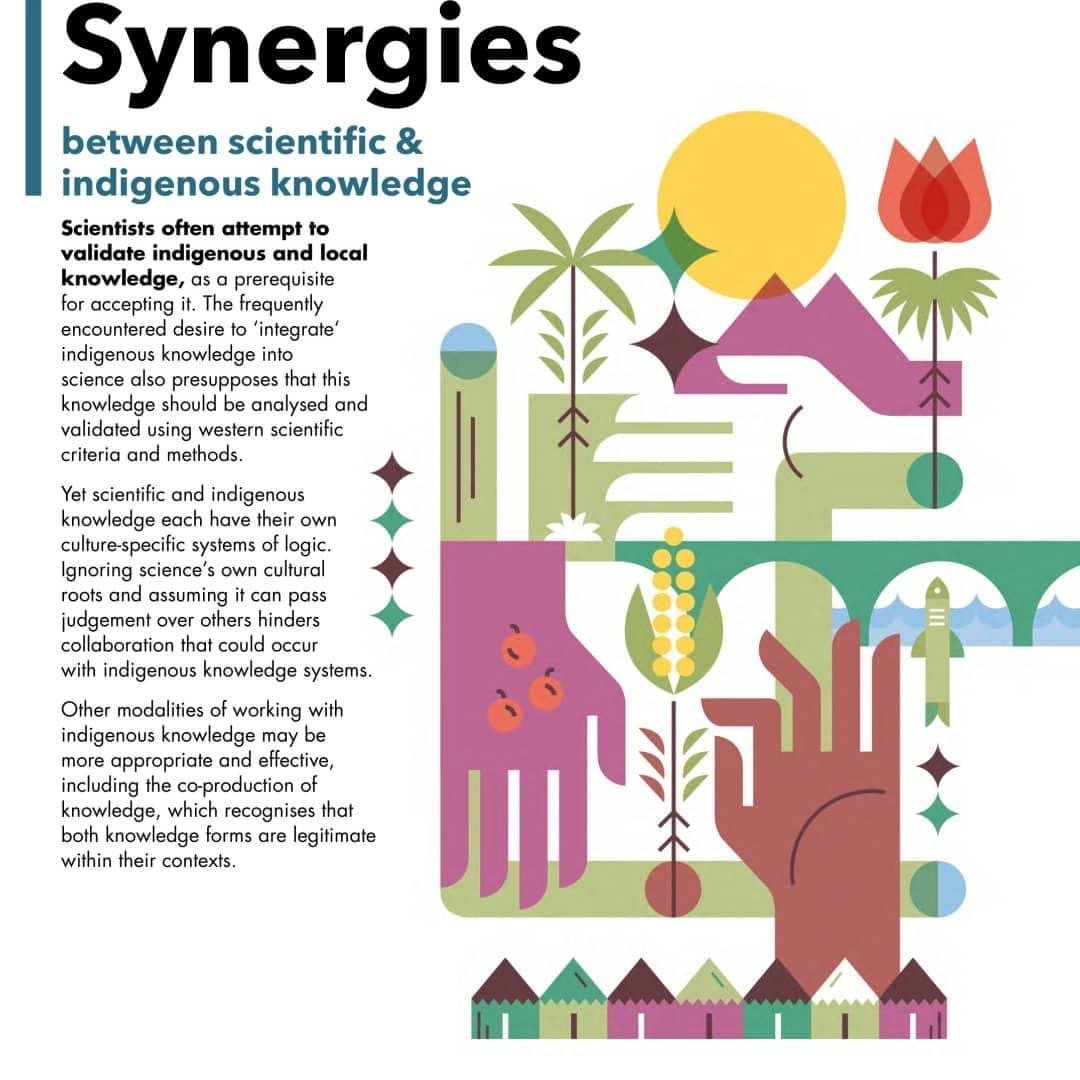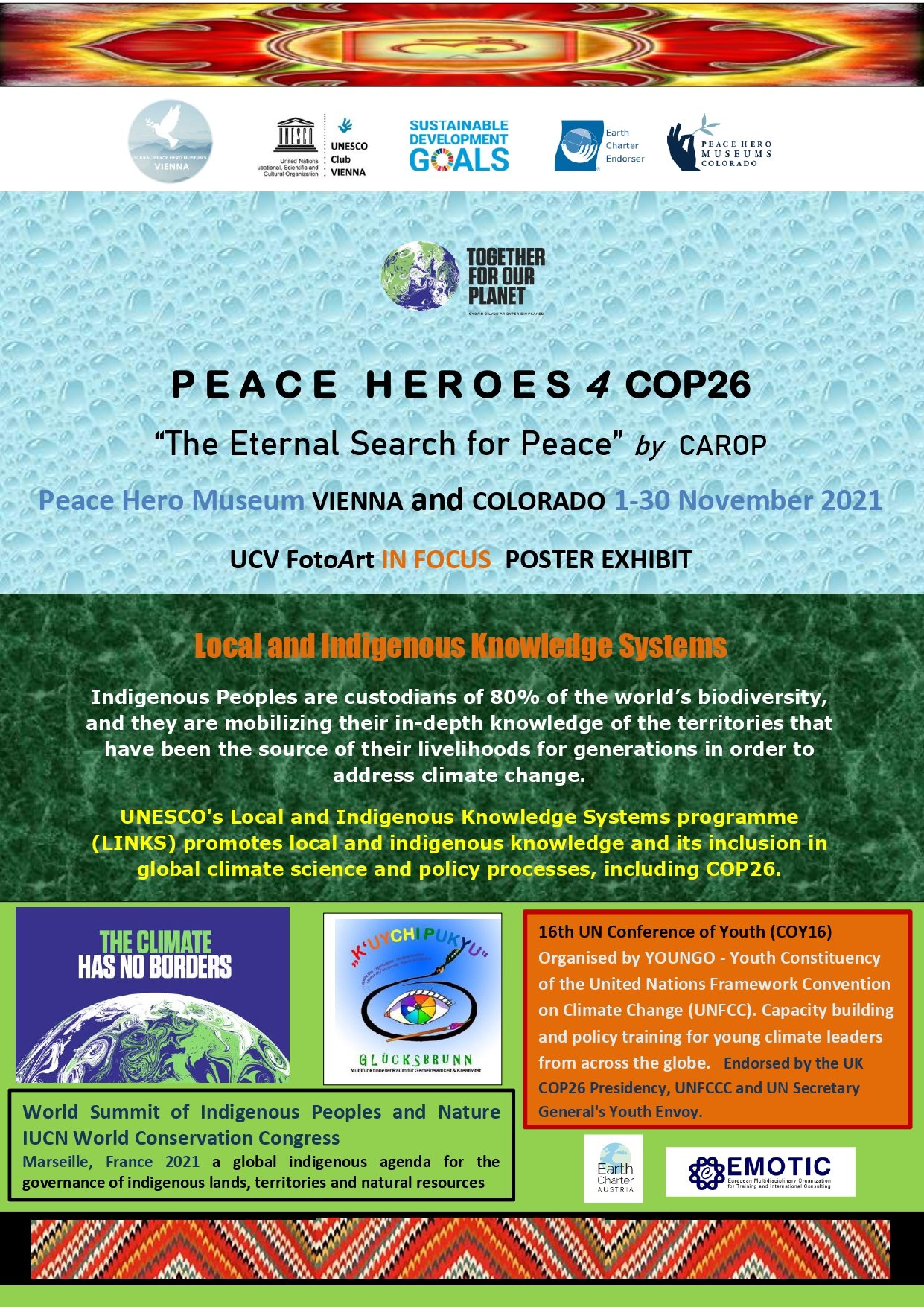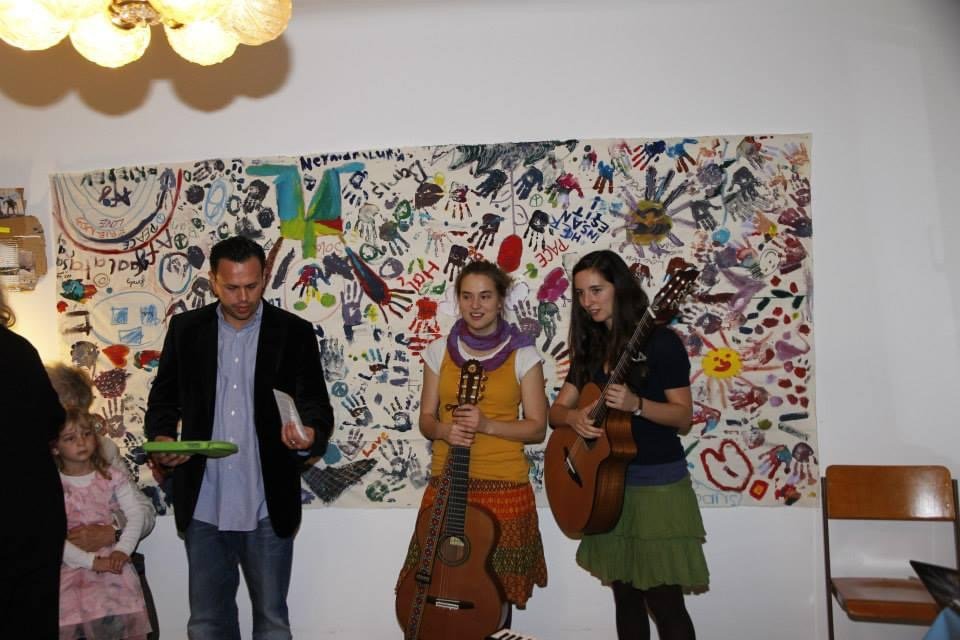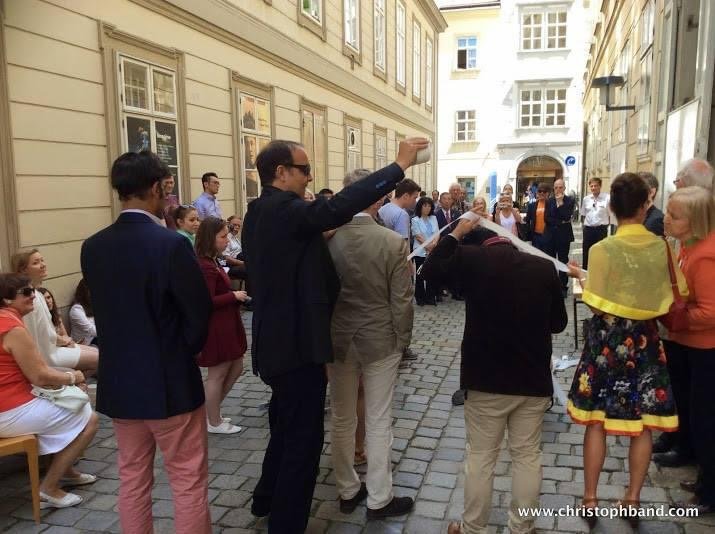Viennese Peace Movements throughout History
By Alexander Bücker
The inspiration for this exhibition is Vienna's long tradition as a city of political activism and commitment to peace. In order to honor this commitment and to secure our own place in the history of Viennese peace activism, we will tell this story in our special exhibition. It is important to us that we as a museum always maintain a certain neutrality and view these peace movements as a united effort to achieve the common goal of “peace”. The exhibition therefore respects all the political motivations, convictions and backgrounds that were or are behind these peace movements.
“Love. Peace. Harmony.”
BA. Iulia-Nina Saei.H & MSc. Faraz Saei.H
The "Peace. Love. Harmony." exhibition is dedicated to women worldwide's resilience and dedication, showcasing their tireless efforts towards peace despite diverse struggles. The pivotal role played by women in fostering global harmony is highlighted through poignant visuals and narratives, shedding light on their shared challenges and triumphs. The purpose of this powerful exhibit is to inspire awareness and support for women who are working towards a more peaceful world.
BA. Iulia-Nina Saie.H, an accomplished artist from Georgia, holds a degree from the Georgian Academy of Arts, specializing in mixed media. Utilizing art as a powerful tool, she expresses her vision of unresolved global issues. Iulia-Nina draws inspiration from individuals dedicated to societal well-being, finding motivation in those who lead lives making meaningful contributions to history.
MSc. Faraz Saie.H articulates a profound perspective on individuality, presenting it as an ensemble inseparable from one's creation—a co-existential essence of self, metadiscoursal in nature. He asserts a boundless medium for creativity within an everlasting "An Idea-is-t" Worldview. In the realm of cognitive sciences, Saie.H is at the forefront of shaping a pioneering multi-disciplinary field: Cognitive Quantum Cyber-Mapping. This innovative domain transcends physical constraints, offering progress beyond the limits of both reality and imagination, as discussed by Saie.H et al. in 2017.
“You Can Be a Peace Hero, Too”
Arya Akhoundzadeh and Hedie Hosseini, 14/11/2023
"You Can Be a Peace Hero, Too" is a captivating art installation created by Arya Akhoundzadeh and Hedie Hosseini, two Iranian artists based in Austria. The installation was specifically designed for the 11th International Conference of Museums for Peace, held in Uppsala, Sweden, and consists of two Plexiglas figures which symbolise Peace Heroes of the past and the future.
The first figure, presented in the positive space, represents peace heroes from the past. Attributed to those individuals who have dedicated their lives to promoting peace in the world, it serves as a reminder of the impact they have made on society.
In front of this is the second figure. This figure, which symbolizes the peace heroes of the future, is deliberately created in negative space. The absence of physical form symbolises the potential within each individual to become a peace hero. This figure represents the hope and belief that peace can be achieved in the future through the actions of each individual, proving that being a peace hero requires neither fame nor extraordinary abilities.
When participants stand between these two figures, they are positioned between peace heroes of the past and the future. The arrangement allows the participants to see themselves as the next peace hero, capable of making a positive impact on the world. After engaging with the installation, visitors are encouraged to reflect on their emotions and share their experiences. By inviting this dialogue the artist aims to discover how visitors feel about picturing themselves as future peace heroes. In turn, this interactive aspect of the artwork serves to deepen the participants' connection with the concept of being a peace hero. "You Can Be a Peace Hero, Too" is a thoughtprovoking installation that encourages visitors to consider their role in promoting peace.
Through the powerful symbolism of the two figures and the participatory nature of the installation, Arya Akhoundzadeh and Hedieh Hosseini inspire participants to embrace their potential as peace heroes and to contribute to peace with small actions.
Peace in Urban Margins
Leva Jamali 15.09-15.10.2023
Deprived yet peace-loving children, who walk barefoot today and wear the tattered garments of peace, cry out: "We seek not only our own lives but also the lives of our parents."
Their voices echo through the corridors of time. I heard those voices from behind the towering walls of constraints and fear. It was the sound of wishes, the sound of weariness from war, deprivation, and the imprisonment of life in the alleys of discrimination and escape. I heard their voices from afar and followed them. I reached the outskirts of cities and the refugee camps where countless children yearned for life. These were children filled with enthusiasm for existence but wearied by their current circumstances. What can I say about what I witnessed, which I reluctantly had to call life? Their eagerness and laughter brought a smile to my lips, but witnessing the oppression and tyranny imposed upon them weighed heavily on my entire being.
Although time has passed since those journeys, my spirit and soul still reside in the corners of large cities and refugee camps, living with the children of that land amidst constraints and deprivation, barefoot and in tattered clothes, with lingering dreams.
These are children who have not yet truly experienced life and yearn for the return of their parents from the exile of their existence. They are children who believe, "We seek not only our own lives but also the lives of our parents."
Leva Jamali
Postscript:
Similar to them, I simply went to them, carried out their peaceful activities, placed them in the simple frame of my mobile phone, and documented them. Now, here, I've brought those who are just like them, simple and unadulterated but filled with love, to you. This is the reason for the simplicity of this exhibition, to remind us all of the profound beauty that exists in the purity of their actions and the depth of their love.
The photographs have been documented over recent years within the context of the personal project titled "Peace" in the Regions of India, the Middle East, and Southern Iran.
“The Demon”
Arya Akhoundzadeh 14/04/2023
Here is a concept set that was created in the first half of 2021. The design and execution of the figure of the "Demon" face as a relief is inspired by the geometry of woven patterns and carpets. "Demon"is not introduced as an ugly and bad belief in public in this series, but "Demon"should be viewed differently as a character. The "Demon" is not always bad. In fact, "Demon" is not inherently scary. The "demon" can be a friend; a friend who is an ambassador for peace. In view of the fact that "Demon" has always been mentioned as a hated creature, "Demon"wants to be a good messenger in the phases of the creation of this work. Negative belief cannot always be true, no living being in the world is completely negative. However, bad can be seen as good and ugly as beautiful. The pattern of a carpet is the beauty that the weaver creates and from the beautiful patterns of the woven fabrics I found the shape of "Demon" to say that "Demon "is not always bad. Choosing the white color for "Demon"is a sign of peace and friendship. The volume of the reliefs is displayed alongside light and shadow in order to redefine the geometry of the carpet designs. "Don't look for "Demon"to appear, so just think a little. I've built my own faith. Stories arise from the thoughts of others. Future people also have their stories. If there is no "Demon", the angel cannot reveal himself. The angel is the descendant of the "Demon"and the "Demon"is the descendant of the angel. This is the land of the new "Demon". New beliefs in which I have found signs of kindness, excitement and vitality. In this land all signs are good. Throughout this series I try to show the pure heart of the new "Demon", and this time I call far from black to white.
Ukrainian Children Peace Heroe
21/06/2022
The drawings exhibited here are part of a journalistic investigation by Lorenzo Todo for the Guardian. He went to Lviv where he visited a library where children can participate in drawing therapy to forget for a moment the horror of war and the areas from which they fled. The staff say that the traumatised children have an incredible urge and need to express their thoughts in a creative way. These drawings are then later sent to the soldiers at the front because, according to the psychologists, the drawings almost always carry hopeful messages. It is clear that the children are striving for a peaceful future.
Bertha von Suttner exhibition Behnaz Monfared
UNESCO Indigenous Exhibition
1/11/2021
Indigenous Peoples are custodians of 80% of the world's biodiversity, and they are mobilizing their in-depth knowledge of the territories that have been the source of their livelihoods for generations in order to address climate change.
UNESCO's Local and Indigenous Knowledge Systems programme (LINKS) promotes local and indigenous knowledge and its inclusion in global climate science and policy processes, including COP26.
Women against nuclear weapons INPPW
6/08-10/09/2017
OUTSTANDING WOMEN in the Struggle for the Prohibition of Nuclear Weapons.
The exhibition showed interesting female personalities from all over the world who have been particularly committed to a ban on nuclear weapons. At the same time, the opening provided information about the current situation of the Treaty on the Prohibition of Nuclear Weapons, which will be available for signature at the United Nations in New York from
20 September 2019 and was signed by Austria as one of the first states, as well as about the IPPNW Congress in York (England).
Peace and Hope
27/05/2015
Red Hand Day
12/02/2015
Red Hand Day on 12th February and the campaign to stop the use of child soldiers are existing for over 15 years. Hundreds and thousands of handprints have been collected in more than 50 countries and handed over to politicians and to responsible parties, including UN Secretary General Ban Ki-moon. There is progress, but there are still 250,000 child soldiers in the world.
Dr. Werner Horvath "Peace Heroes"
14/10/2014
International Day of Tolerance
21/11/2014
The International Day for Tolerance is annually observed as declared by UNESCO in 1995 to generate public awareness on the dangers of intolerance. In 1996, the UN General Assembly invited UN Member States to observe 16th of November with activities directed towards both educational establishments and the wider public. Tolerance is one of the most important aspects of peace, and to mark this occasion, the Peace Museum Vienna hosted an art exhibition and workshop on the theme of tolerance. What brought the day to life was children - children of different ages and backgrounds came together to create several paintings on this special occasion.
Windows for Peace Grand Opening
June 18th 2014
“We are all connected - making the invisible, visible”
Performance by Christoph W.Band
